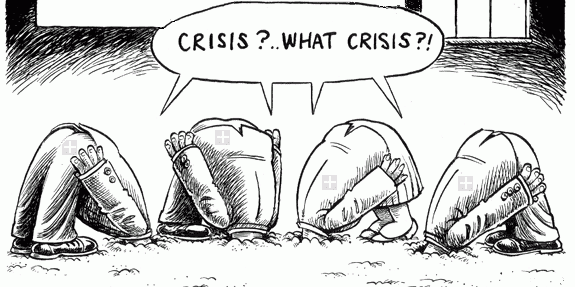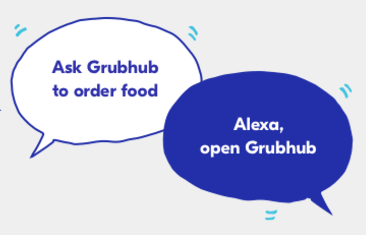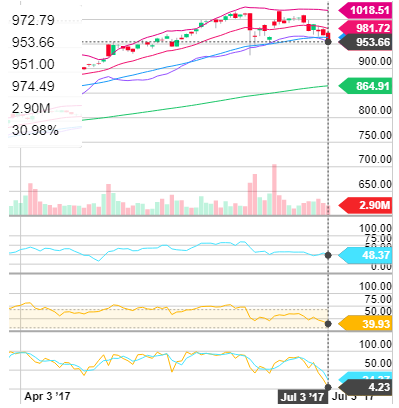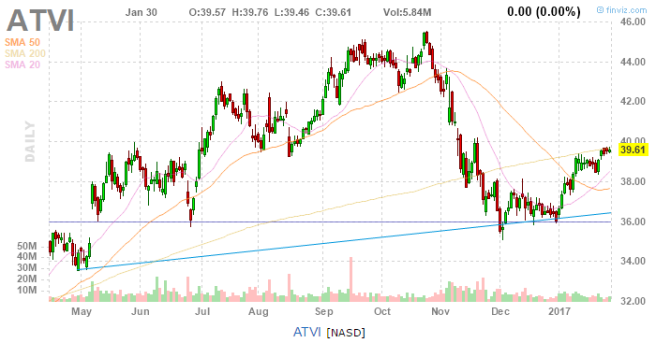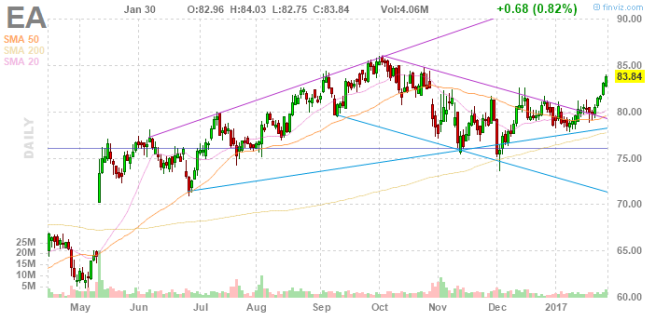So this is a bit of a divergence for me posting. I am constantly awestruck by news I find on my newsfeeds, TV and Investment Newspapers. Usually not in a good way. Most of the time I do not find trending topics in the news to be “post worthy” but this week I found three which caught my attention.
- #Bailout #Millennials #StudentDebt
Survey Says: Nearly 25% (24% to be exact) of all working millennials receive help from their parents for paying bills.
Interestingly, nearly 80% of the working millennials receiving help do not live at home. My first inclination is the parents are helping to pay for their millennial children’s student-loan debt. But according to the survey, the breakdown was quite different.
- 53% Cell phone
- 31% Car Insurance
- 30% Car Payments
- 30% Utilities
- 27% Rent or Mortgage
And yes, these totals add up to 171. So parents, on average, are bailing out for more than one category.
The experts say that the primary reason for this is the sky-rocketing cost of a college education and the increasing reliance on financing this cost through student-loans. The statistics seem to support this with over 17 million millennial borrowers (under the age of 30) with a total of $376 Billion in debt. That translates into roughly $22,000 of student-loan debt per millennial.
That is a lot of money to owe when just starting out in the job market. Obviously, by looking at the categories, there is a lot of additional spending going on.
2. #Drunkshopping #Generation-x
Americans are spending billions of dollars shopping while drunk.
Note: I have nothing relatable to say about this. Not that my wife and I don’t drink, we do, but I can’t say that we ever do anything other than socialize and watch movies when drinking and we don’t frequent bars.
From a Finder.com survey:
- Nearly half of American adults (46%) who drink alcohol regularly admit to making a purchase while under the influence — this translates to an estimated 68 million people, drawn from our study of 2,000 American adults.
- The trend seems to be rising.
- Americans have spent an estimated $30.43 billion on these spontaneous drunk purchases, or about $447.57 per person in 2018. Compare this to just $206 spent on drunk purchases in 2017.
I wonder if this past election and results have any correlation to this?
By the numbers:
- 60.27% of American adults — or an estimated 148 million of us — drink an average 7 alcoholic beverages weekly.
- We spend $5.4 billion on alcoholic beverages a week — an average $36.56 per person.
- The most popular alcoholic drink is beer, with 39.53% of American adults drinking an average 5 beers weekly.
- Men are twice as likely as women to consume beer, with an estimated 53.4% of men enjoying a beer, compared with only 26.48% of women who pick up a can weekly.
- Wine is a woman’s drink of choice, with 37.54% of women enjoying an average 2 glasses a week.
- Millennials are twice as likely as Gen Xers and baby boomers combined to enjoy a glass of moonshine or other liquor.
- Men are twice as likely as women to consume spirits, with an estimated 36.49% of men regularly boozing up on liquor compared with 18.43% of women.
Generational Breakdown:
- Gen Xers spend the most on drunk purchases, averaging $738.87 per haul — more than triple the amount ($206.11) that millennials spent.
- While Gen Xers spend more, millennials are more likely to spontaneously indulge on a spree their next night out, with 61.07% of millennials who drink regularly admitting to drunk shopping. Compared that to Gen Xers at 51.17% and baby boomers at 31.29%.
- On an average week, a Gen Xer spends $36.91 on alcohol, compared with $59.28 a week for millennials. That’s a whopping $1,163.24 extra that millennials spend on booze each year!
Gender breakdown:
- Men spend almost double that of women when under the influence, averaging a total $564.51 per spend, compared to women, who spend an average $282.65. Compounding this, men are also more likely to buy while boozed up, with 48.19% of men who drink regularly admitting to a drunken shop, compared with the 41.36% of women who do so.
- On an average week, men spend an estimated $44.17 on alcohol — much higher than the average $26.77 women spend to drink. That’s an extra $904.80 that men spend on booze than women in a year!
- Spirits and liquor appear more popular with men than women. Men are four times more likely (3.30%) to enjoy a sneaky moonshine than their female counterparts (0.68%). And it’s nearly twice as likely that men (8.45%) will consume cider than women (4.36%).
Marital Status Breakdown:
- Married Americans spend twice as much on spontaneous drunk purchases than their divorced counterparts, with an average $327.62 spent in total compared to a divorcee’s $147.71.
Probably because alimony is so expensive . . .
- However, singletons are the most likely to make a purchase while drunk: 55.78% of single people admitting to making a purchase while under the influence, compared with only 43.63% of married drinkers.
3. #Bots #Hashtags #Fakenews
Bots are taking over social media and the online world.
- Studies have found that companies are using bots to promote hashtags and trends on twitter and other social media.
- Bots not only promote campaigns but they are also used for attracting and interacting with customers.
- More and more companies are spending money on these bots and paying for promotion. Often exceeding social media platforms policies.
Trending works by not only tracking the frequency of hashtags in posts but also by the speed or velocity of the hashtag topic appearing in posts.
Again, this is a topic that I cannot relate to. Yes I am using hashtags, but I neither paid for nor got paid to use them. They are provide for your entertainment free of charge.
On a related note:
I wonder how many companies use this tactic to attract drunk online shoppers?






